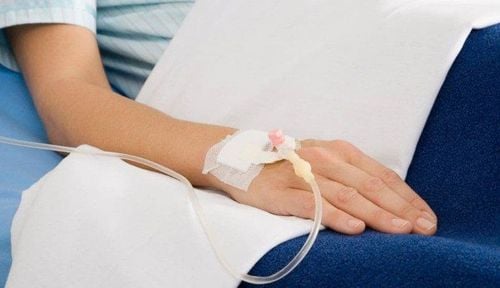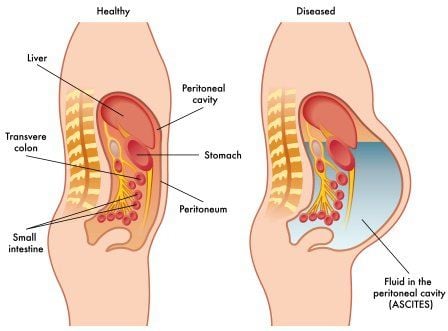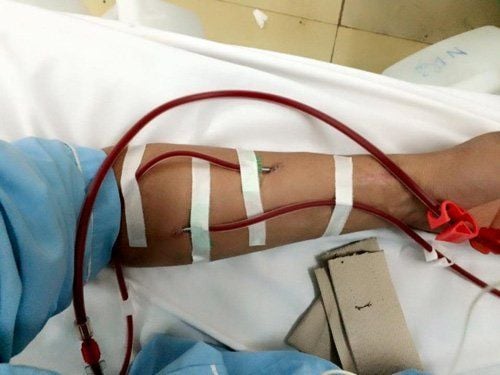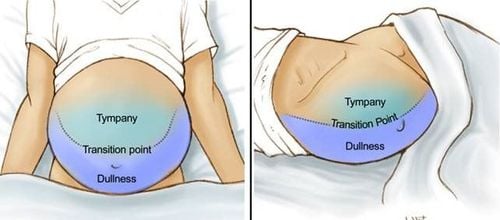This is an automatically translated article.
The article was professionally consulted by Specialist Doctor II Khong Tien Dat, Doctor of Radiology - Department of Diagnostic Imaging - Vinmec Ha Long International General Hospital. The doctor has more than 14 years of experience in the field of diagnostic imaging.Ultrasound in emergency resuscitation plays an important role in diagnosing the pathology that the patient is experiencing, assisting the doctor in making treatment decisions and accurately monitoring the progression of the disease.
1. What is an ultrasound?
Ultrasound is an imaging method that does not use ionizing radiation. The principle of ultrasound is to expose a part of the body to high frequency sound waves, creating images of the inside of the body. The advantage of this technique is that it is non-invasive, safe, and easy to perform. Therefore, ultrasound technique has been widely applied in diagnosis and intervention guidance for treatment of many different diseases.2. The role of ultrasound in emergency resuscitation
Emergency ultrasound plays a very important role. This technique is used on critically ill patients, located in the intensive care unit, the intensive care unit. The emergency ultrasound method provides information about the pathology at the time of examination, very quickly and safely for the patient.The focus of ultrasound is on the practice of ultrasound at the hospital bed where the patient is being treated. The purpose of the technique is to diagnose diseases, guide procedures, monitor diseases and screen diseases.
With this technique, doctors have an additional tool that can quickly assess the disease that the patient is experiencing to have more information to make treatment decisions, to monitor the progress of the disease accurately. Emergency ultrasound technology also reduces dependence on invasive tests, X-ray techniques, and reduces complications during the procedure.
In addition, the ultrasound method is also easier to perform than other techniques for pediatric patients. Therefore, focused ultrasound is increasingly recommended, especially in the emergency department.
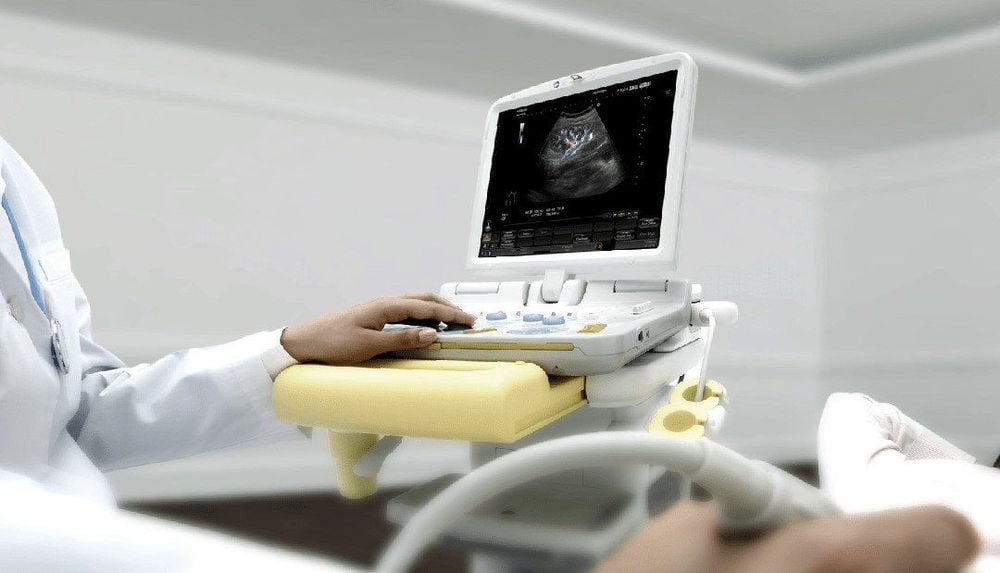
3. Applications of ultrasound in emergency resuscitation
3.1 Ultrasonography of trauma patients in the emergency room Ultrasound for seriously injured patients in emergency resuscitation is a routine indication because the technique is quick and easy to perform at the bedside, without the need to move the patient. Nuclear, non-invasive, does not use radiation and can be repeated many times.Since then, FAST and eFAST Protocol techniques were born on trauma patients. FAST (short for Focused assessment with sonography for trauma) is a focused ultrasound assessment technique in trauma, eFAST (Extended FAST) is extended FAST.
The technique can detect patients with severe trauma, including closed chest trauma (hemothorax, pneumothorax, pulmonary contusion, hemopericardium) and blunt abdominal trauma (liver, intestinal injury, etc.) spleen, mesentery, bladder, pancreas). The FAST/EFAST protocol technique helps to detect the presence of free fluid in trauma patients, usually concentrated in the hepatic-renal sulcus, splenic-renal groove, hypogastrium (sacral sac of Douglas) and bilateral lung bottoms.
3.2 Ultrasound of a patient with shock in the emergency room (non-traumatic) A patient with shock is a common occurrence in the ICU. This is a serious condition, if not diagnosed and treated quickly, the mortality rate is quite high. Shock is divided into four groups based on pathophysiology: distributed shock, hypovolemic shock, cardiogenic shock, and obstructive shock.
Doctors use RUSH protocol ultrasound technique to detect pericardial effusion - acute tamponade, evaluate left ventricular function, evaluate inferior vena cava, evaluate right ventricular size - shape, evaluate sugar B (appears when there is fluid accumulation in the interstitial - alveolar tissue due to pulmonary contusion, interstitial lung disease, acute pulmonary edema),...
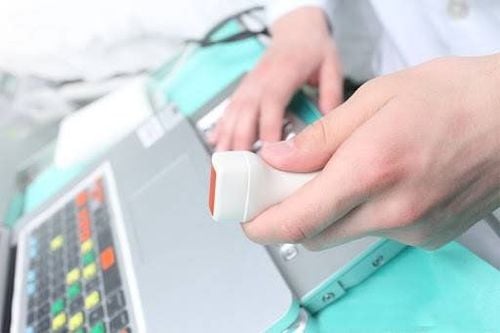
Perform treatment procedures: Aspiration (abdominal, abdominal, pericardium, pleura), instructions for endotracheal intubation, tissue biopsies,...; Evaluation and monitoring of treatment: Response to fluid resuscitation Performing ultrasound techniques helps to reduce complications and shorten procedure time.
Specific applications of ultrasound in treatment are as follows:
Ultrasound guided pleural effusion: Helps assess the amount of pleural fluid to have a favorable puncture site, determine the needle puncture distance; Ultrasound-guided pericardiocentesis: Helps determine the most convenient and closest possible puncture site as well as obtains the most amount of fluid possible, limiting damage to surrounding organs and can be estimated. predict the amount of pericardial fluid (based on the distance between the 2 leaflets of the pericardial cavity and the pattern of diffusion of pericardial fluid); Ultrasound-guided peritoneal puncture: Helps the doctor determine the most convenient puncture site, as close as possible and get the most amount of fluid possible, avoiding vascular sites; Ultrasound assessment of fluid response: To assess clinical fluid response in the emergency department, the technique of evaluating IVC on ultrasound is a fast, simple, valuable, and repeatable method. many times again. It should be noted, however, that the use of a single IVC value alone will not adequately and adequately assess the patient's fluid response.
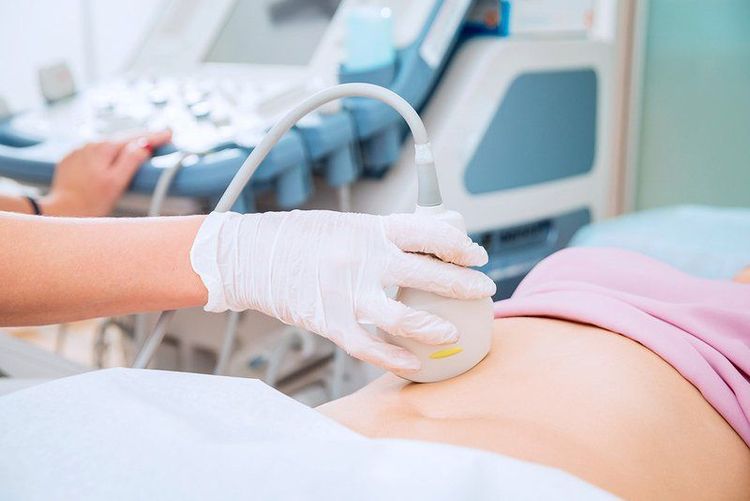
Vinmec International General Hospital is one of the hospitals that not only ensures professional quality with a team of leading medical doctors, a system of modern equipment and technology. The hospital provides comprehensive and professional medical examination, consultation and treatment services, with a civilized, polite, safe and sterile medical examination and treatment space.
Please dial HOTLINE for more information or register for an appointment HERE. Download MyVinmec app to make appointments faster and to manage your bookings easily.






